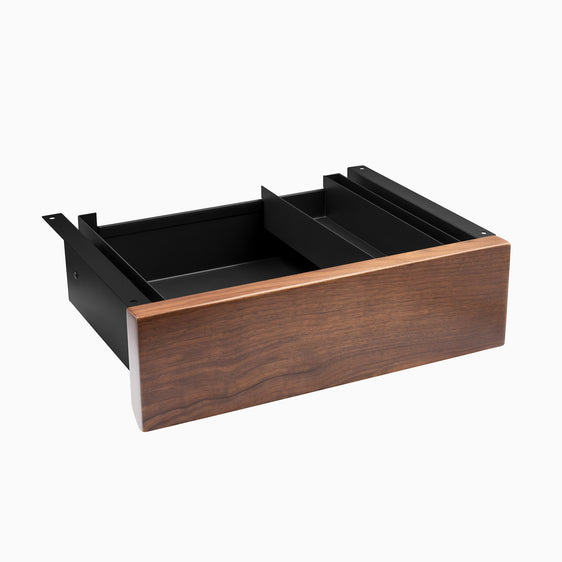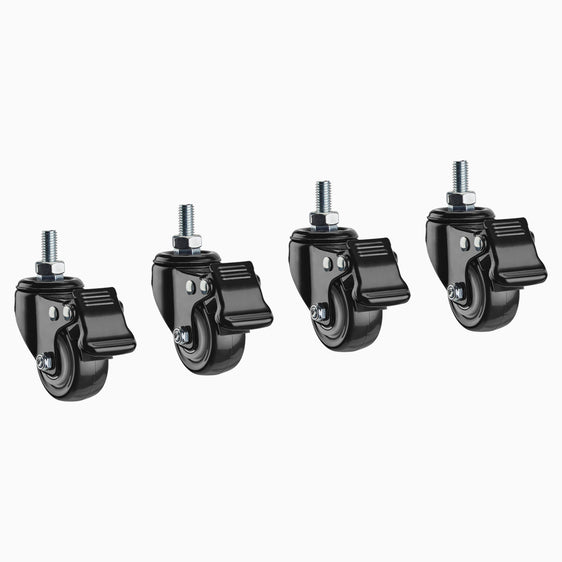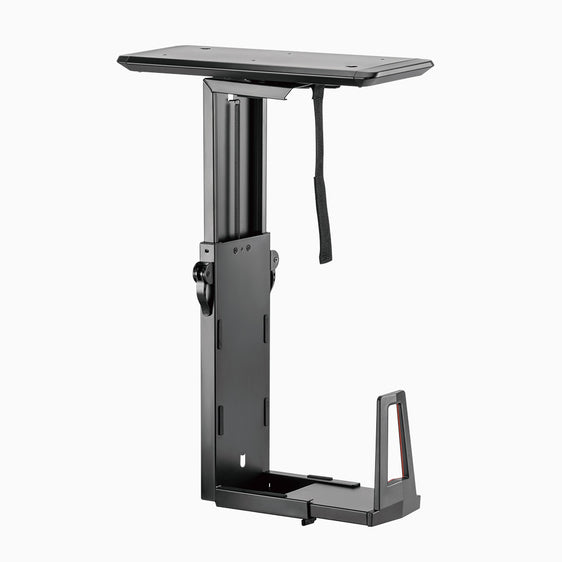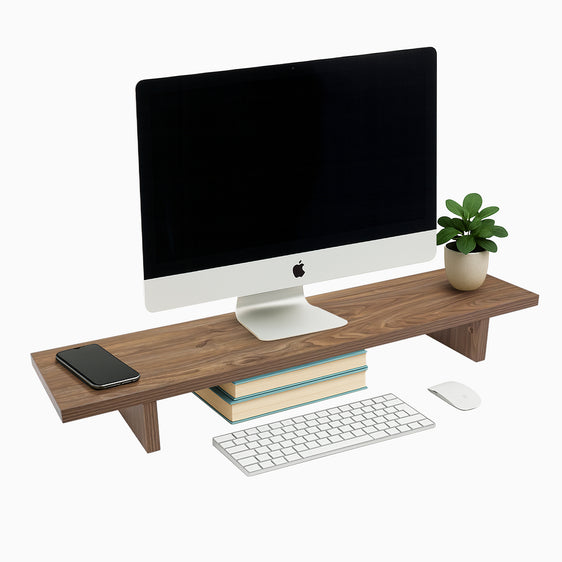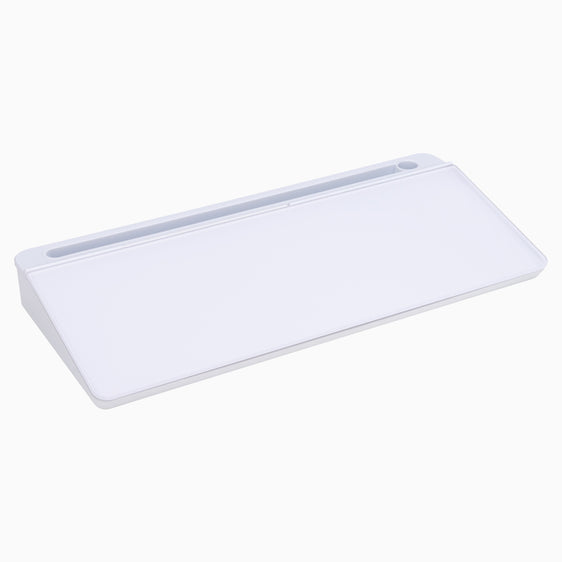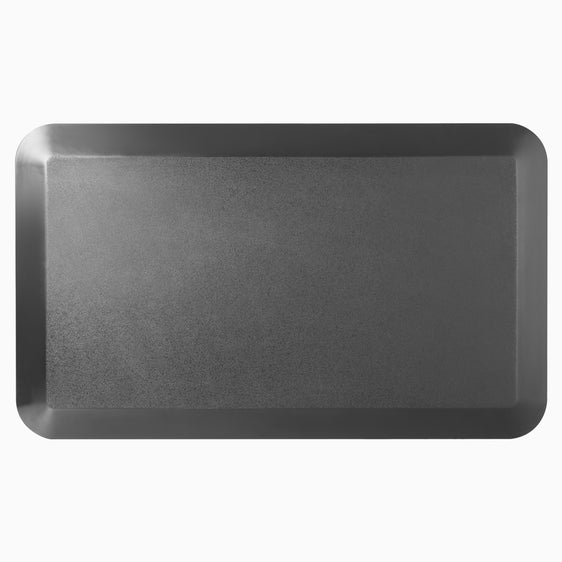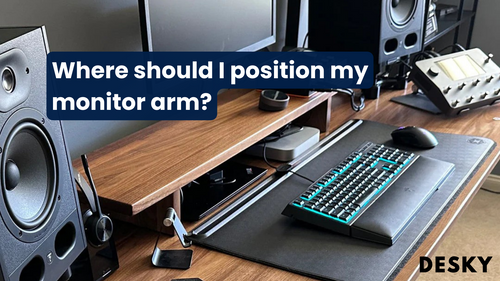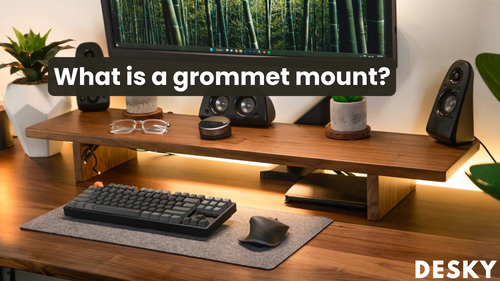
FAQ
What is the minimum space around a desk?
Hayden AdamsThe space around your desk greatly impacts your comfort, productivity, and ergonomic health. When it comes to determining the minimum space, several factors come into play. Here, we delve into these considerations that will help you optimise your workspace.
How Much Space Do You Need for a Home Office Desk?
Traditional office chairs typically need at least 23–25 inches of space from the end of the desk to the wall or the nearest piece of furniture. This provides a considerable amount of room for you to move freely and work comfortably.
However, when you upgrade to a larger, more ergonomic office chair, the need for space increases to a minimum of 30 to 32 inches. This additional space ensures total mobility and supports healthy posture, thus improving your working experience.
Establishing a productive home office relies heavily on selecting the right desk and allowing for enough space. Remember, the space around your desk is as crucial as the desk itself.
The dimensions you ultimately choose should marry functionality with comfort, promoting efficiency and ergonomic health. If you need help on how to set up a workspace at home, you can also check out our Home Office Set Up Guide here.
A suitably sized and well-placed desk can turn a simple room into a productive working environment while also encouraging movement and reducing strain. By taking into account these guidelines, you can ensure a productive and ergonomically sound workspace.
What is the Minimum Clearance for a Desk?
The desk clearance refers to the space between the desk and the back wall, file cabinets, or any adjoining furniture. The expert opinion recommends a minimum clearance of 33 to 36 inches.
Such space is essential to facilitate easy movement and access to file cabinets or other storage units, reducing the risk of injury while stretching or bending.
What is the Minimum Distance Behind a Desk?
The British Standard (BS5588) fire regulations propose a minimum distance of 23.6 inches between the desk edge and the back of the user's chair, striking a balance between safety and convenience. For wider desks accommodating wheelchair users, a 35.4-inch spacing is suggested.
Nevertheless, from a practical standpoint, many prefer to provide closer to 39.3 inches of space. This additional space allows for comfortable, unrestricted movement, ensuring a functional and productive workspace.
{{ spec_dual_desk_frame }}How Much Space Should Be Left Behind a Desk?
For a comfortable and functional workspace, there must be at least 3.28 feet of free space behind each desk. This rule ensures that workers have enough space to roll back on their chairs and stand up without restriction. Thus, providing this space can significantly improve the overall work experience and maintain a healthy working posture.

The Best Gaming Desks for Small Spaces
Choosing the right gaming desk for a small space can feel like an impossible task. You have to carefully balance the proportions while still providing enough room for everything from your keyboard to your favourite drink.
Having a tiny space for your gaming desk doesn't mean you can't have an enjoyable gaming experience, though. It's just a matter of deciding what features are most important to you and which you're willing to do without.
With enough time and research, you just might be able to find a desk that suits your style perfectly, provides support for ergonomics, and includes adequate storage to keep everything tidy. Also consider the weight of your monitor when deciding on your purchase. So, what's the best gaming desk to buy if you're working in a tiny room? We've gathered up a few of our favourite options to help you decide!
Conclusion
Your desk is your functional canvas and enhancing its surroundings can play a pivotal role in supporting your creativity, productivity, and ergonomic health. While considering the space around a desk, factors like chair size, desk clearance, desk position, and including the correct height on your desk should be kept in mind.
We trust that this guide helped shed some light on the importance of spatial planning around your desk and provided some useful ways to optimise it. Happy arranging!

